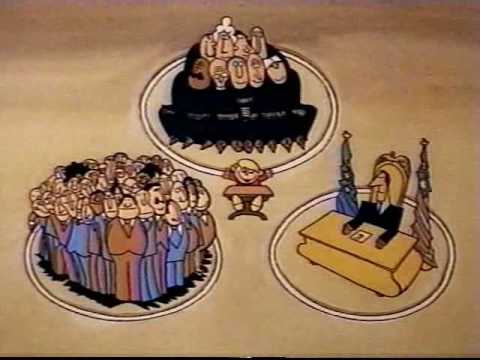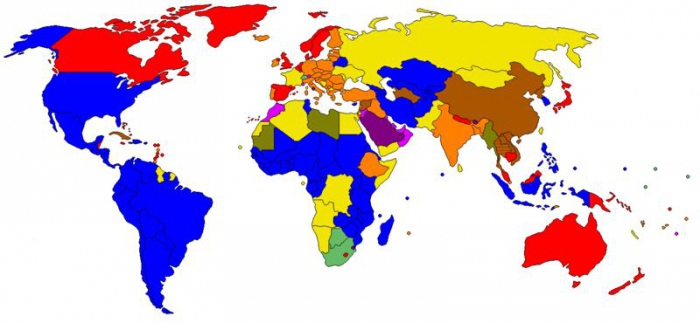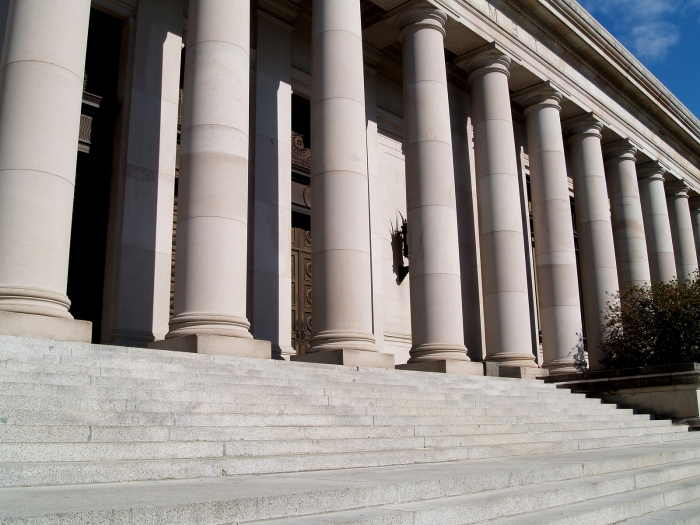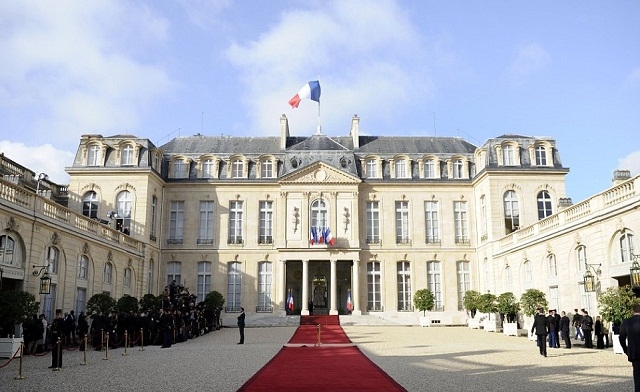Before starting to consider what today are mixed forms of government, it is necessary to pay attention to one of the main categories used in this case. It allows you to get an idea of how state power is exercised and who acts as its source.
Types of government
This concept characterizes various ways of forming the highest organs of the state. In addition, it allows you to reveal the features of interactions both within the mechanism of power, and outside it - with the population of the country.
As is known from theory, the main forms of government are the monarchy and the republic.

In the first of them, power is inherited and, as a rule, is granted for life. Although there are exceptions to the rules - today you can find countries in which the head of state - the monarch - is elected.
The second is republican. In this case, power is exercised by representative bodies, which may be elected or formed by national assemblies. It also could not do without the presence of forms that do not fit into the framework of the criteria proposed by science.
Traditional typology of republics
The emergence of this form is attributed to the era of antiquity, but until today it is dominant. Of the 194 independent states in the world, more than 150 republics.

Based on a number of criteria, a theory tries to “squeeze” all this diversity into its three types:
- presidential (USA, Columbia, etc.);
- parliamentary (Germany, Austria, India, etc.);
- mixed (France, Poland, etc.).
A distinctive feature of the first is the presence in the highest authorities of the post of president. He occupies a dominant position in the state, acting simultaneously as the head of a power and government. The fact that the president is elected by the people by universal suffrage gives him the following powers:
- independence from parliament;
- the possibility at its discretion to form executive bodies.
But there is a limitation - he does not have the right to dissolve parliament.
The second type is a parliamentary republic. From the name it’s clear who has the most powers. The government is formed from parties that won the election or on the basis of the formed coalition. It is headed by a prime minister elected by a parliamentary majority. The government is accountable to him. Parliament also elects a president from among its representatives. The latter, however, does not have a significant impact on the country's governance process.
So distinguish presidential republic from the parliamentary one, for several reasons, but the main difference is related to the formed government, and more precisely, to how its political responsibility is realized. Its essence has recently been increasingly transformed. As a result, the number of "pure" types of republics is reduced and mixed forms of government are emerging.
Their appearance reflects the outlined directions of the constitutional development of modern countries, aimed at improving the quality of public administration and reducing instability in society. As a result, a third species appeared - a mixed republic. A form of government, which is characterized by a combination of elements of the previous types. Based on which body has more authority, there is a division into appropriate subspecies.
The main disadvantages of pure republican forms
Characterizing them, one should recall the facts from the history of the development of statehood in a number of countries in which the combination of the powers of the head of state and the government as a whole led to usurpation or monopolization of power. The manifestation of such tendencies resulted in the emergence of modified forms in the form of a super-presidential or presidential-monistic republic. Clear examples demonstrating the manifestation of such transformations can be observed in a number of countries in Africa and Latin America.
The parliamentary republic, in turn, is often characterized by instability, the emergence of various, including government, crises, resignations of ministers and the cabinet as a whole. The reason for this state of affairs is determined by dependence on the parliamentary majority. The loss of his support may lead to to a vote of no confidence. The change of government creates tension in society and the threat of political instability.
Features of mixed forms of government
The introduction of some components of parliamentarism into the presidential republic can neutralize the growth of authoritarian tendencies. At the same time, the introduction of presidential elements in parliamentary forms makes it possible to get rid of some of its shortcomings.
To distinguish this type of republics from others will allow the main sign of a mixed form of government - a way of government responsibility.

In this case, it is double and is implemented in front of the two main representatives legitimized by the people, one of which is the president, the second is the parliament.
In addition, you should also pay attention to the deterrent system, the elements of which act as counterweights. First, parliamentarians can express their distrust of the government in a certain way. Secondly, the president has the ability to veto laws passed by parliament.
The fact that in modern conditions a mixed republican form of government has appeared can be explained by the desire to eliminate the “weaknesses” of traditional methods of organizing power.
What are the benefits of a mixed republic? And are there any flaws?
First of all, it should be noted that mixed forms of government make it possible to organize stable leadership of the state, ensuring the consolidation of political forces in parliament, reducing the frequency of change of governments and their dependence on opportunistic party preferences. All this allows to strengthen the authority of the state on the ground and to secure its integrity.
The result of the selection of these development advantages by some modern states has led to the emergence of mixed presidential-parliamentary forms of government.

Also, one should not forget about the minuses. Other interactions that were absent in pure forms, various inconsistencies and inconsistencies arise. The existing standards governing the separation of powers are changing. In some cases, such confusion can lead to a violation of constitutional norms.
In addition, quite often the strengthening of the parliamentary role in the presidential republic can be purely formal. And an increase in presidential significance in the second case is fraught with a manifestation of the tendency of his omnipotence.
Mixed forms of government in the modern world
The criteria proposed by the theory, allowing one to determine what type the state belongs to, have not lost their significance and to this day remain the starting points of such an analysis. It should also be noted that on their basis, together with them, combining and creating completely different signs, hitherto unknown formations are formed - atypical mixed forms of government.
At the same time, the legal categories that rigidly defined the criteria underlying the classification of states are likewise blurred and confused.Examples here are the monarchical republics, which are no longer just mixed forms of government, but the emergence of a completely different type of state. The main feature of such formations is the election of a monarch for a certain period. Vivid examples of such "republics" are:
- Malaysia - here the head is selected for five years from nine hereditary ruling sultans;
- United Arab Emirates - the monarch is elected by the High Council of Emirs for a five-year term.

An interesting combination is the republican monarchy. Their appearance is associated with a hypertrophic strengthening of presidential power. As a result of this, a new form of the republic is emerging, in which the election of the head of state is virtually absent. Countries with similar characteristics are called presidential monistic. There are many examples confirming their appearance in the modern world:
- President Sukarno, who initiated this process in Indonesia;
- the head of the Philippines, Marcos, who declared himself to be an irreplaceable ruler;
- President of Bokassa, who headed the Central African Republic and changed his life status to imperial.
These are far from all the states that have followed such a path of development. In most of them, the power of the proclaimed president for life is overthrown. There is only one country left in which the head has a similar status until today - the DPRK.